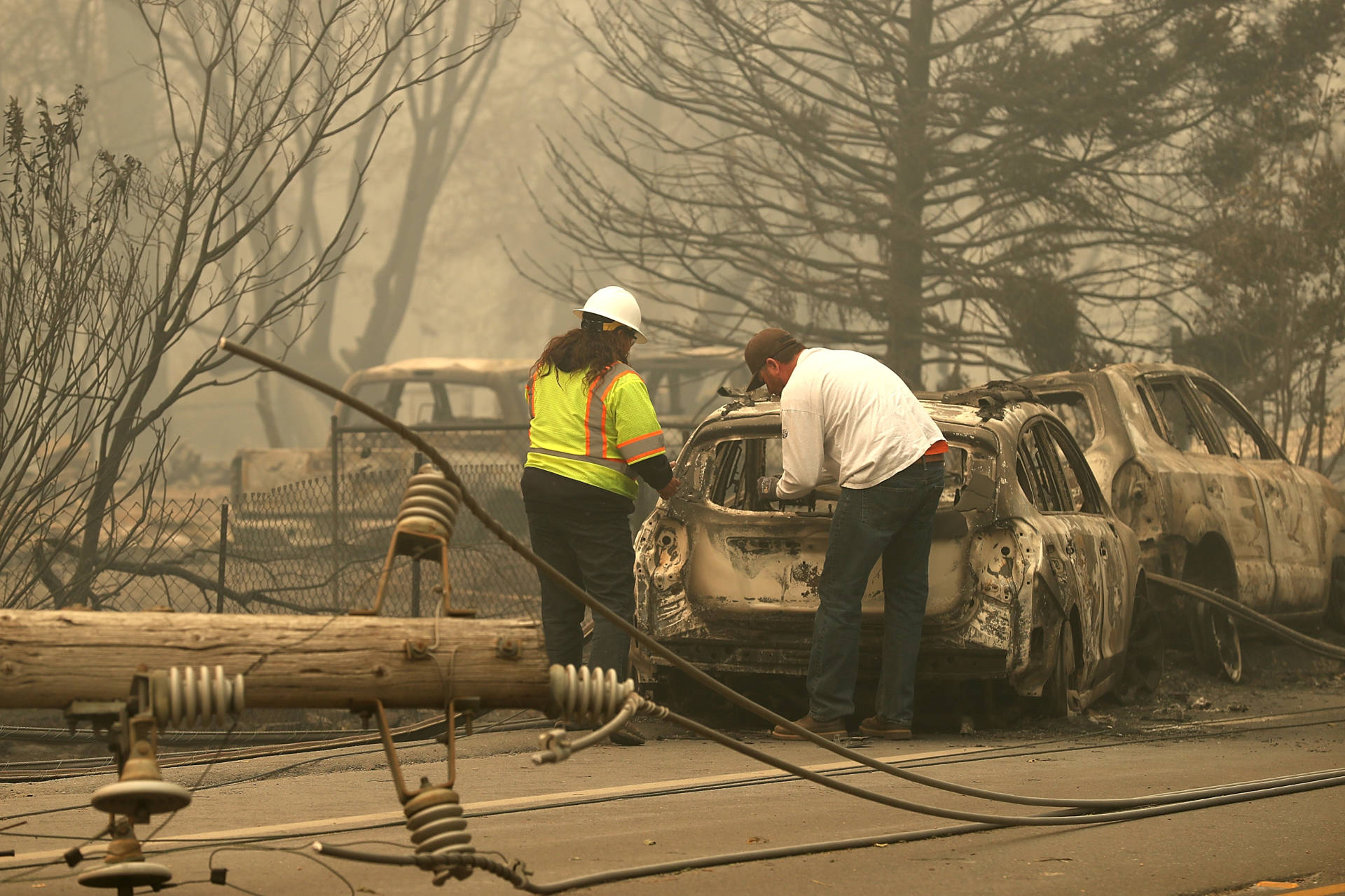PG&E’s Chapter 11 bankruptcy filing early Tuesday marks the beginning of a long and expensive process that will likely leave ratepayers, wildfire victims, creditors and shareholders ultimately unhappy.
That’s because despite promises from state politicians that they will fight for victims of the wildfires caused by PG&E, and for the 16 million people who rely on the utility for their gas and electric service, the whole point of bankruptcy is that no one will be made whole.
At its core, Chapter 11 bankruptcy is aimed at allowing a company to restructure its operations and get rid of some debts when it doesn’t have enough money to pay all those obligations.
Before the filing, PG&E sought to assure the public that it would continue making safety investments in an attempt to avoid future catastrophic wildfires.
“PG&E remains committed to assisting the communities affected by wildfires in Northern California, and its restoration and rebuilding efforts will continue,” the statement said.
The company also said it would continue to pay workers and provide health care benefits.
Ratepayers are still paying off costs associated with PG&E’s first bankruptcy 18 years ago.
Here’s what happens now:
The bankruptcy case was assigned to U.S. Bankruptcy Judge Dennis Montali early Tuesday morning. He’s the judge who handled PG&E’s last bankruptcy case in 2001.
Montali will have approval power over all major business decisions, such as how money will be spent or how the business will be run. PG&E will file a litany of first-day motions to keep the business running without disruption — including paying wages and critical vendors.
Within a few days, the judge will hold a first hearing in which PG&E is expected to ask him to approve $5.5 billion in financing to fund the company’s ongoing operations. PG&E needs the loans because it has no available credit left, according to a U.S. Securities and Exchange Commission filing, and won’t qualify for regular financing since its bonds have been downgraded to junk status. The utility requested that Montali approve $1.5 billion of the financing by Wednesday, Jan. 30, and then the rest at a later hearing.
Approval of the “debtor in possession” financing could be contentious, since the new creditors would take priority over older lenders in getting their money back. The California Public Utilities Commission, the utility’s regulator, took the unusual step of pre-approving the bankruptcy loans on Monday, right before PG&E could officially enter Chapter 11. Ultimately, other creditors may object to the financing.
Assuming that financing is approved, the real process begins. The bankruptcy filing is a reset of sorts, putting all debts accrued before the filing on hold until the judge approves them. That means other creditors and vendors who did work before the filing get in line with everyone else PG&E owes. That includes wildfire victims, creating uncertainty for how or when they might get paid, if ever.
Bankruptcy is expected to take two to three years. To exit Chapter 11, the company will have to get a signoff from the judge and also from state regulators, who have the power to approve any increases to rates.

